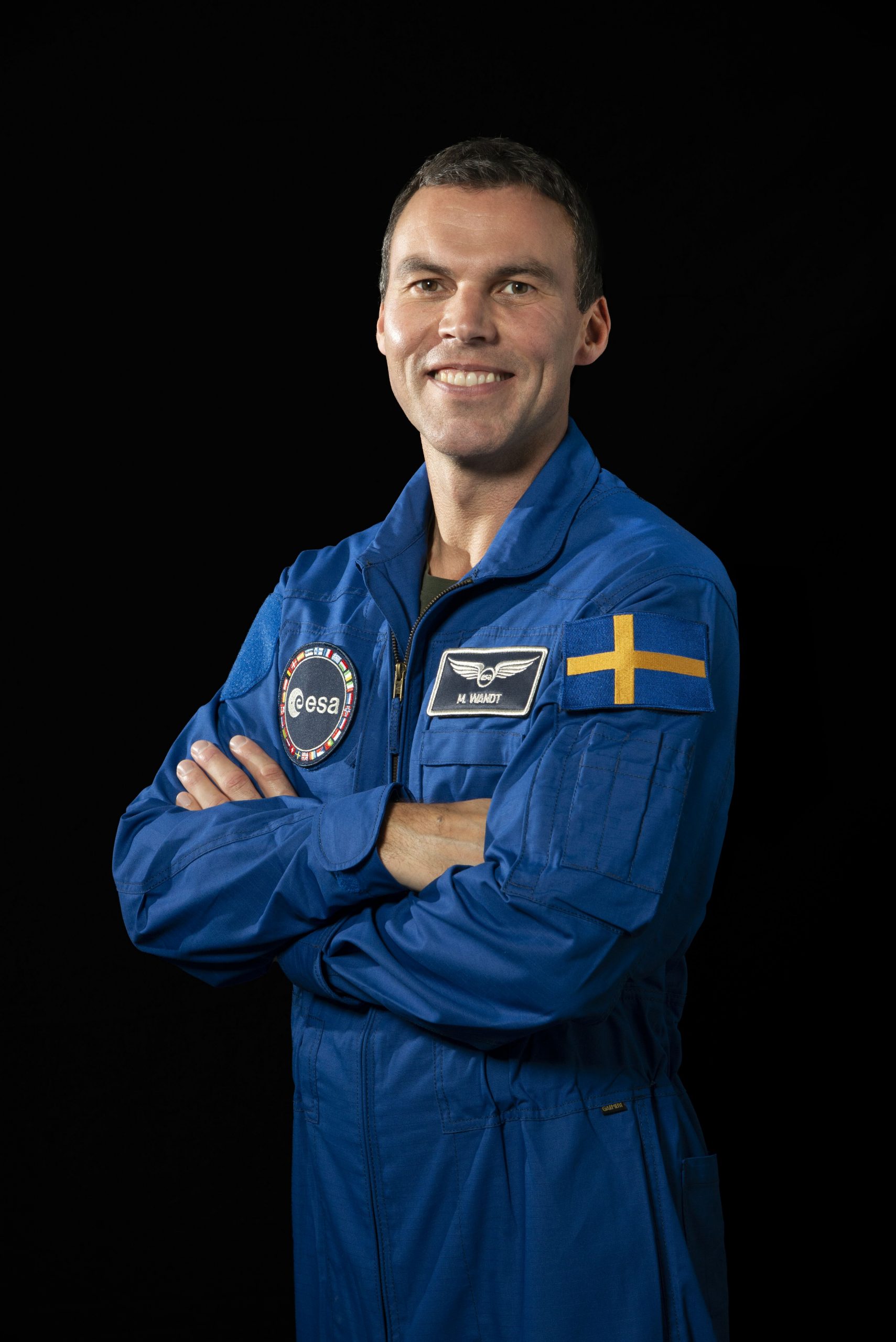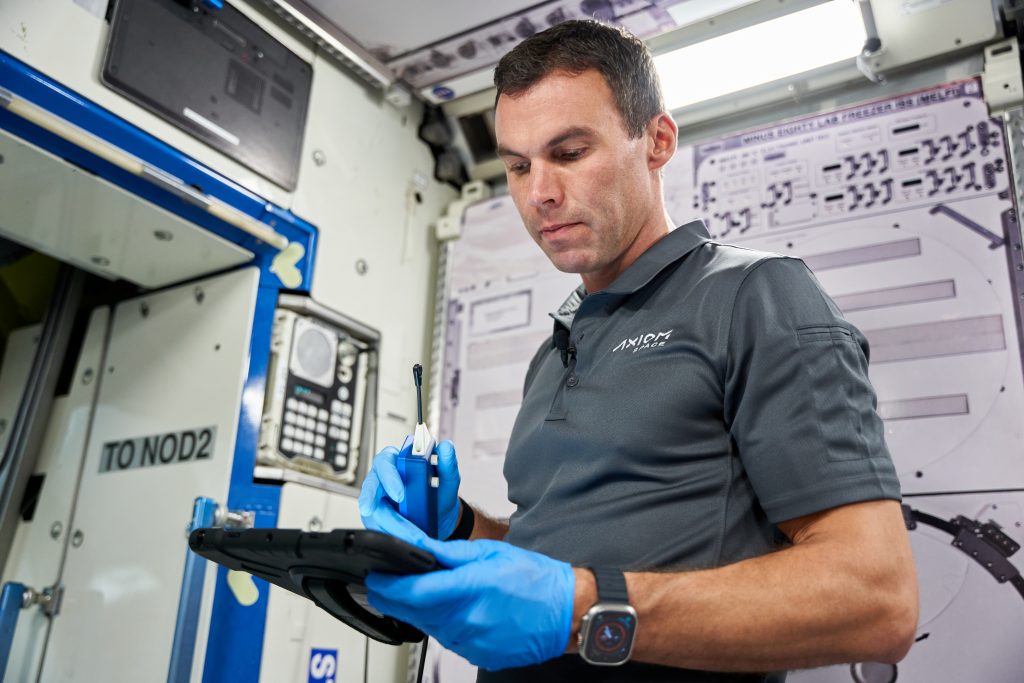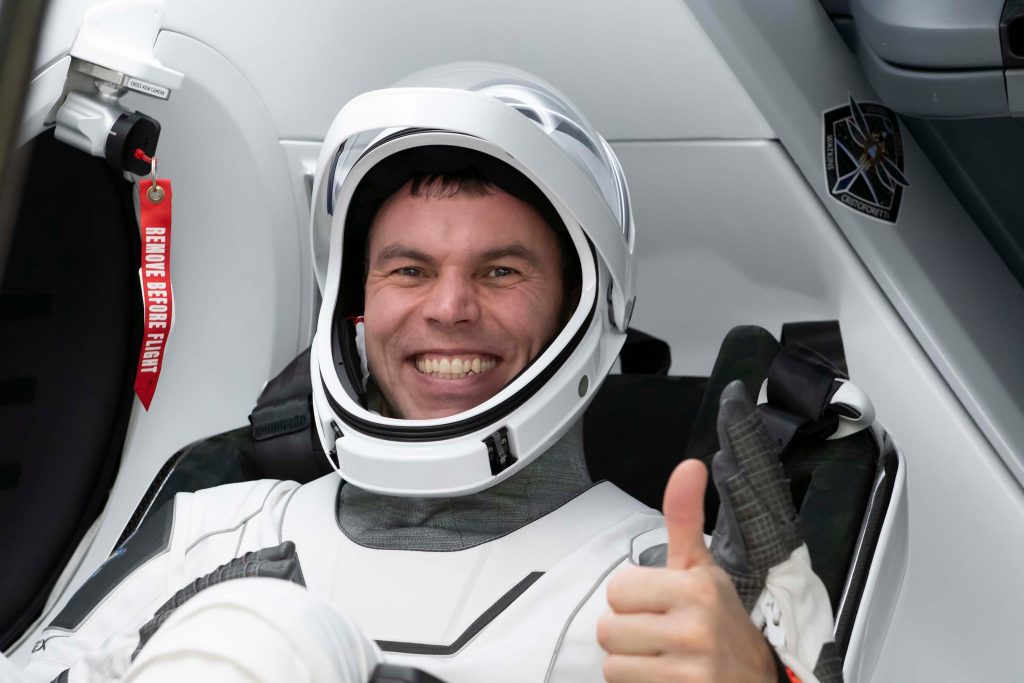ESA project astronaut Marcus Wandt entered quarantine two weeks ahead of his launch in Florida, USA, just a few kilometres away from the rocket that will take him to the International Space Station as part of Axiom Mission 3.
This period of isolation will help keep Marcus and the Axiom 3 crew away from any germs or viruses that might make them sick. Quarantine is also important to minimise the risk of bringing an infectious disease with them to space.
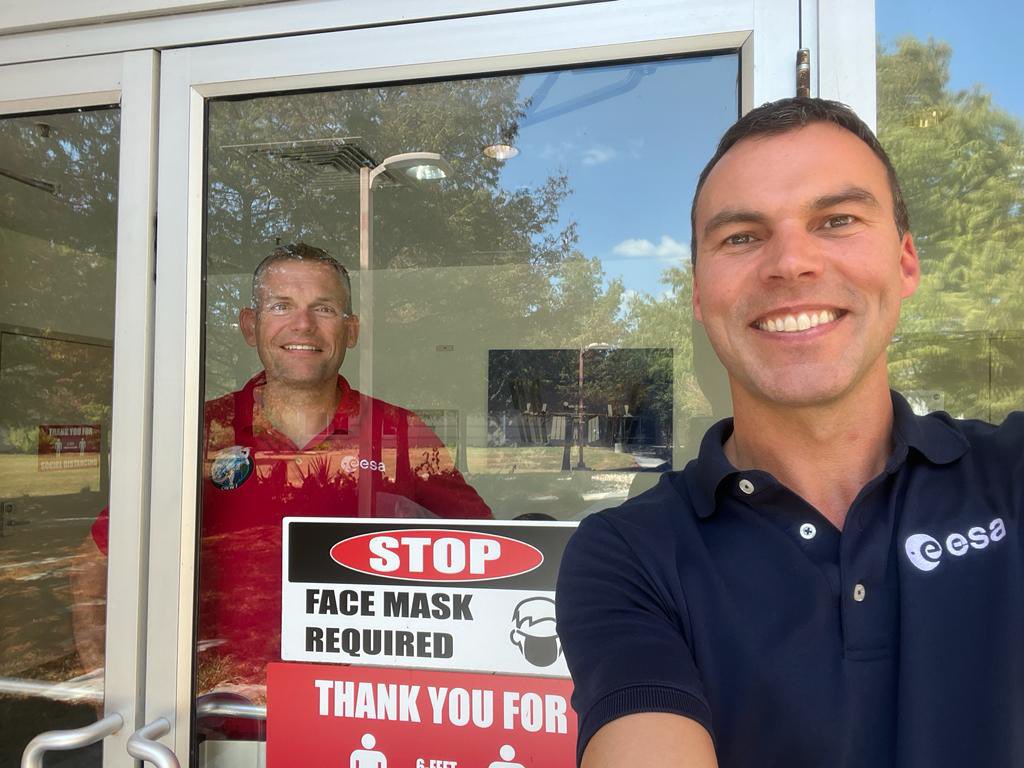
Marcus Wandt takes a picture with ESA astronaut Andreas Mogensen in quarantine at NASA’s Johnson Space Center in August 2023. Credits: ESA–M. Wandt
The immune system of the astronauts on the Space Station is more vulnerable after spending several months in microgravity. Unwanted bacteria and viruses in the closed artificial atmosphere of the Station could quickly multiply and infect the crew already onboard.
Marcus’s quarantine has some similarities with confinement during the COVID-19 pandemic. Many Europeans were confined to their homes for long periods of time and, in some cases, unable to go outside at all. We can all relate to the isolation experienced during lockdown to stop the spread of coronavirus.
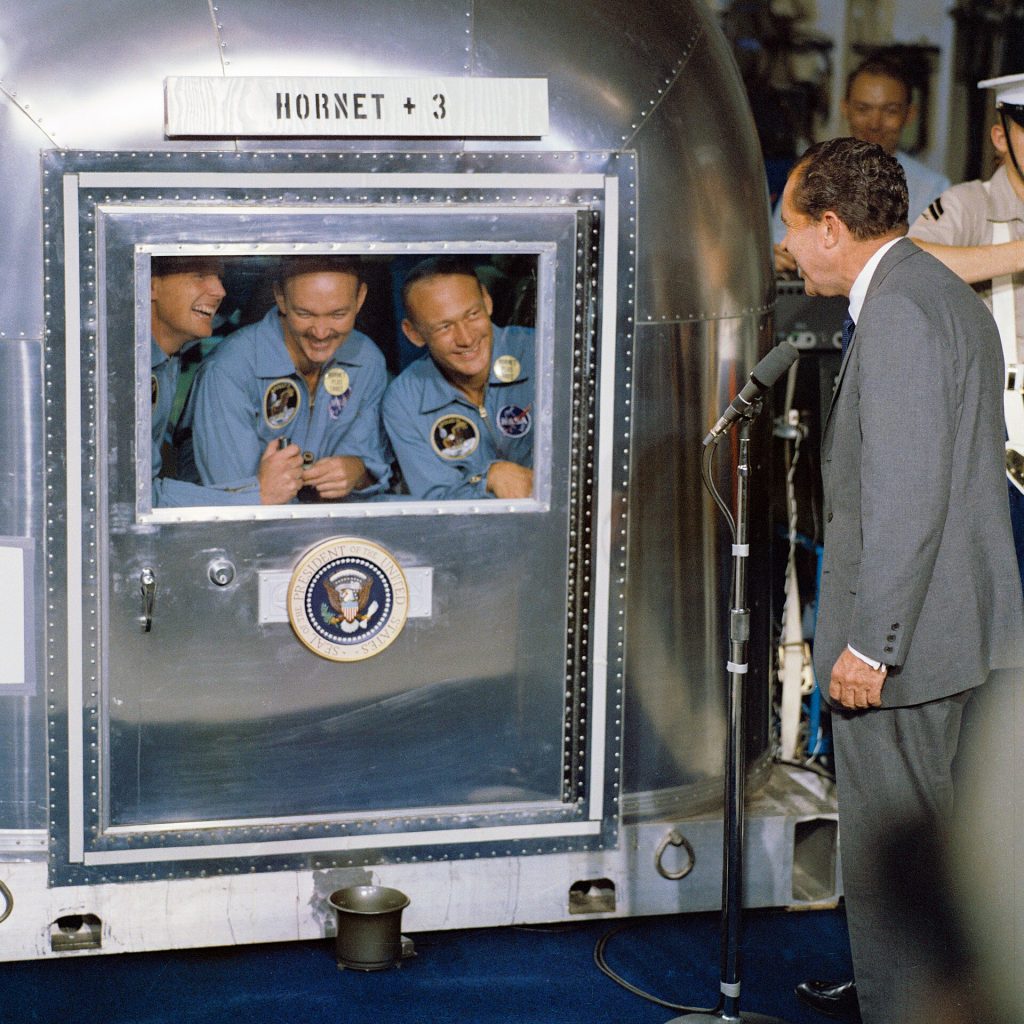
The crew of Apollo 11 in quarantine after returning to Earth in July 1969, talking to US President Richard Nixon. Credits: NASA
For 14 days, the crew and a small support team are confined in a non-disclosed location. ESA flight surgeonAdrianos Golemis is spending quarantine with Marcus to keep the Swedish astronaut healthy before flight. “If a disease develops and spreads, it impacts not only the person infected, but it may also delay the whole mission,” he warns.
A day in the life of a quarantined astronaut
A day in quarantine starts at 06:30 am with physical exercise. Marcus follows a fitness routine for over two hours each day to be fit for his Muninn mission.
“Quarantine does not mean holidays – it is a busy period. The support team works every day to ensure the astronauts are in peak physical and mental condition for the flight,” explains Adrianos.
“It is important for the crew to maintain a high level of performance. The astronauts keep working and learning despite the constraints of confinement in the last days before launch,” he adds.
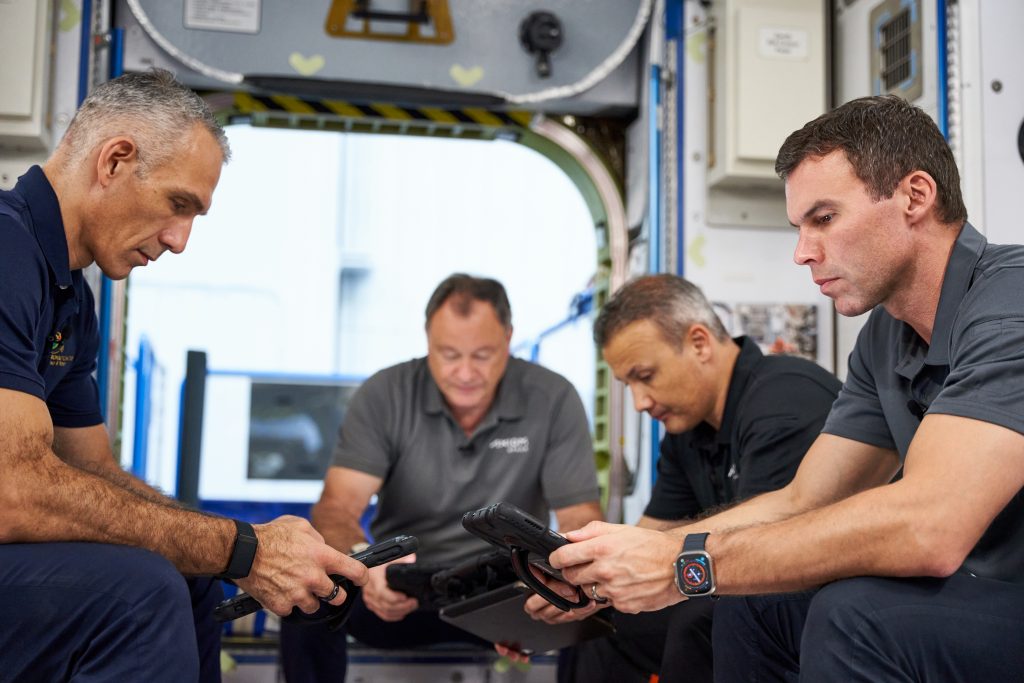
Axiom 3 crew training together for their mission to the International Space Station. Credits: Axiom Space
Marcus spends around twelve hours a day preparing for the mission ahead. His schedule includes refreshers of flight operations, the review of the Muninn science and outreach activities, and even virtual reality simulations of the job awaiting him on the Space Station.
The team in quarantine is relatively small, but since no one is getting out, there is also spare time to share common meals and leisure activities to help with team cohesion and mental health.
Restrictions
The main restriction is that Marcus will not be able to leave the premises of the quarantine facility. He is not allowed to meet any external guests during this period, and he can only communicate with family and friends remotely.
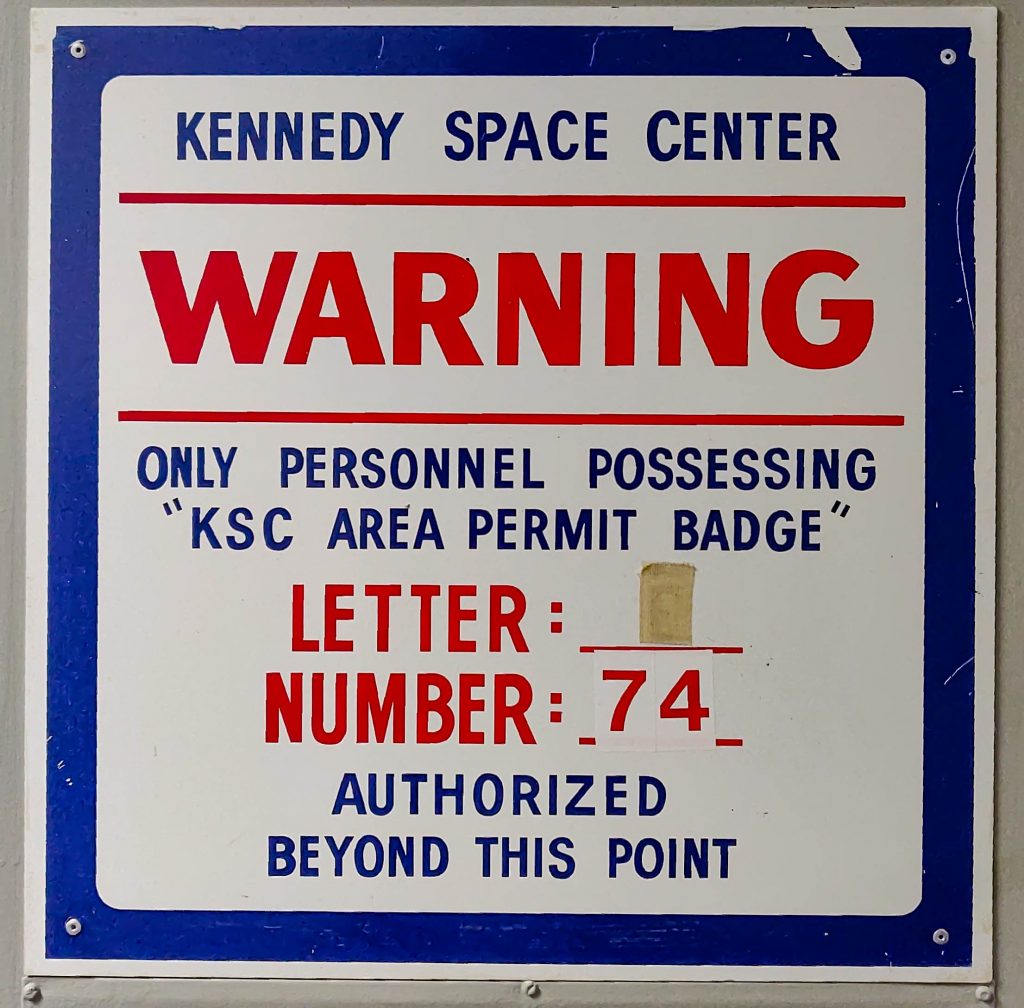
Notice board inside the quarantine facilities at NASA’s Astronaut Crew Quarters. Credits: ESA–A. Golemis
Some outdoor activities and sports are allowed in the enclosed garden, always avoiding any contact with external people to the quarantine. “We avoid any activity with an increased risk of injury to not jeopardise the mission, for example pushing himself too hard physically in the gym,” says Adrianos. The astronauts have a specialised trainer who looks after their exercise.
Hygiene and health
The support team wore face masks in public places and avoided big social gatherings already a month before the launch. Because of the precautions taken and frequent testing, there is no need for the supporting crew and astronauts to wear masks during quarantine.
There is an extra focus on hygiene and health. “We minimise physical contact or proximity, ventilate the rooms and wash our hands often. We also submit a daily health form to monitor if the astronauts are feeling well or have any symptoms,” adds the ESA flight surgeon.
Adrianos will run at least two full medical checks with Marcus while in quarantine. In case someone does develop symptoms, that person would be further isolated and monitored.
Surviving Antarctic isolation
Adrianos can be considered an expert in extreme isolation. The ESA flight surgeon spent a year without leaving the Concordia research station in Antarctica.
“Being in quarantine always reminds me of my time in Concordia 10 years ago. That was not just confinement but also complete isolation for a full year,” he says.
“Many aspects are similar: the scientific activities, the organisation and logistics, the feeling that we are confined but for an important purpose, the common meals and the team spirit,” he recalls from his time as ESA’s medical research doctor in Antarctica.
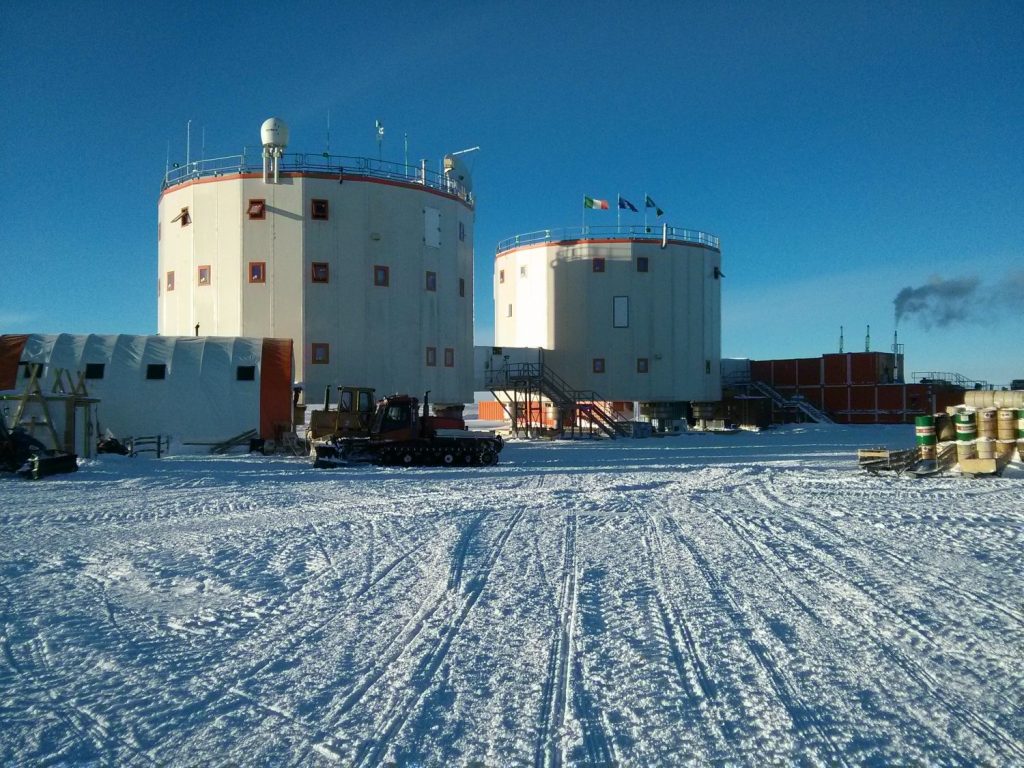
Concordia research station in Antarctica, home to Adrianos Golemis for a full year. Credits: ESA-A.Golemis.
Adrianos also shared his experiences in a two-part blog post about his time in isolation during COVID lockdowns. Part one gives tips to “trick the clock” while part two encourages you to enact Operation Aikidō as you turn inconvenience to opportunity.
Back to more isolation
Once Marcus returns to Earth from his two-week mission in space, he won’t be isolated but people around him will maintain some distance and practice good hygiene during the first week. “This is because the immune system of any astronaut is considered more vulnerable after the spaceflight,” he explains.
Watch Marcus’s launch to the International Space Station on ESA WebTV on 17 January 2024 at 22:11 GMT/ 23:11 CET. Follow his journey on the Muninn website, check our launch kit and connect with Marcus on his Instagram and X accounts.


